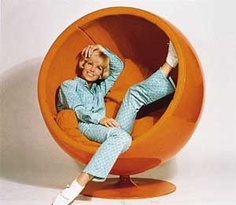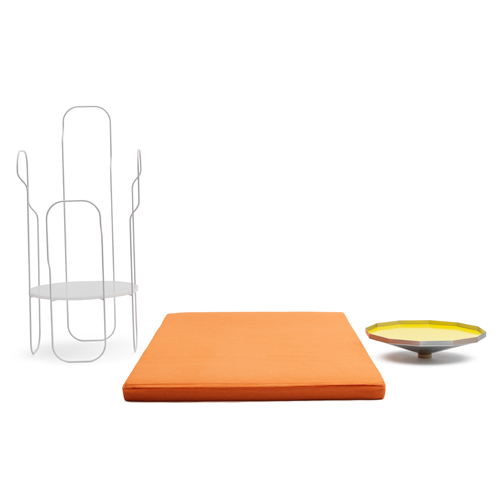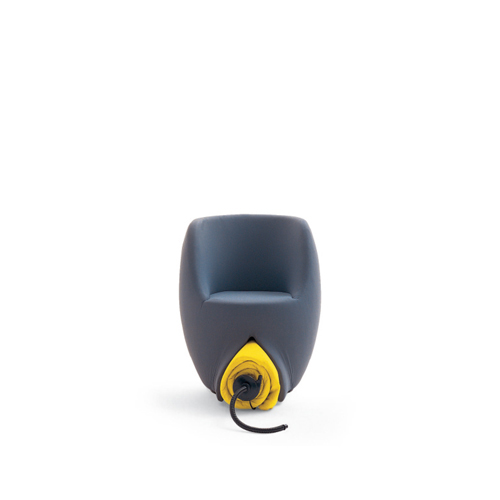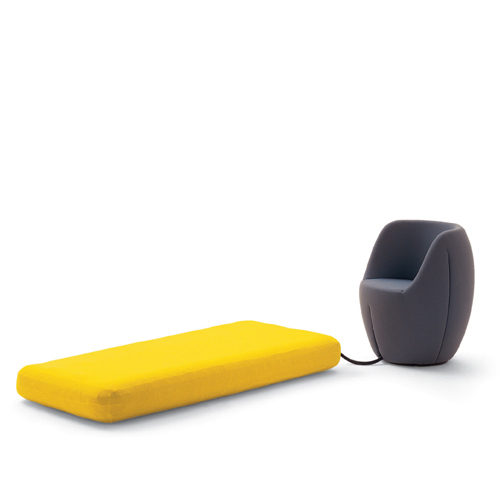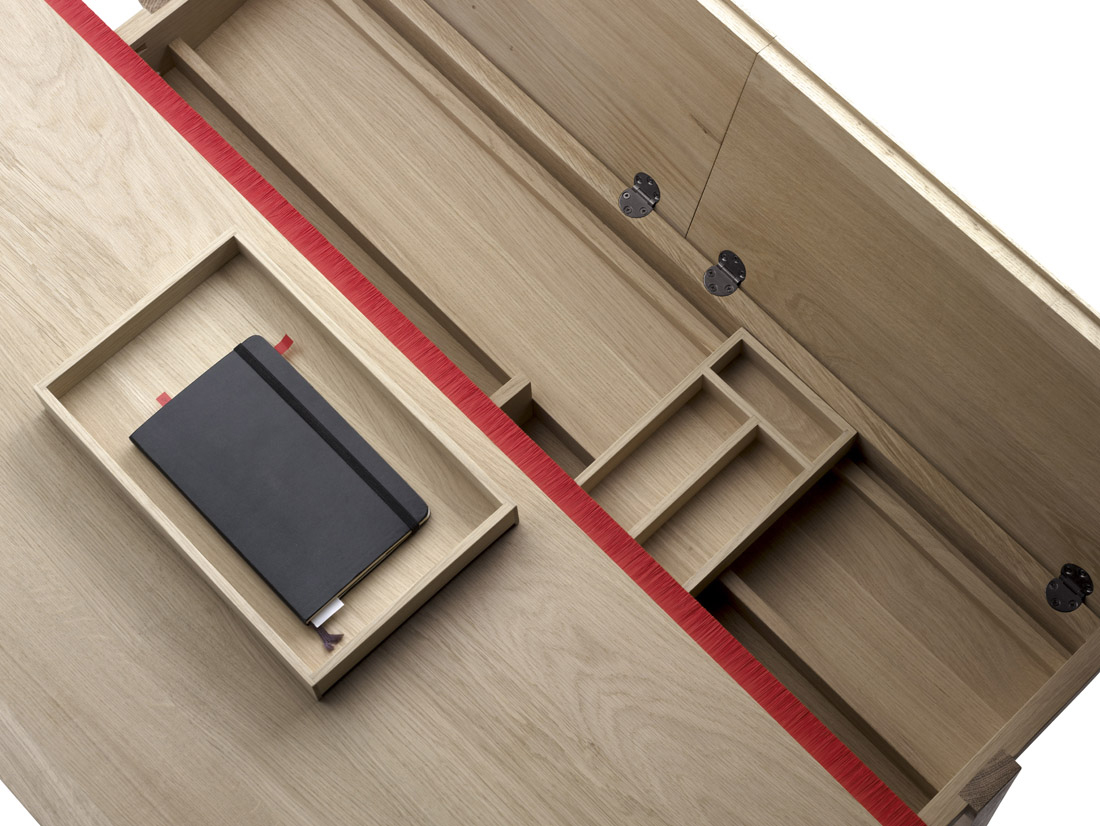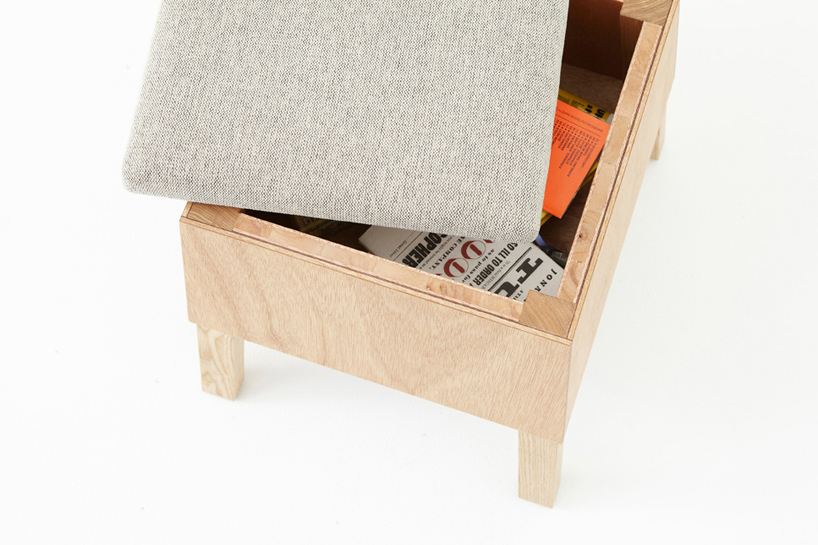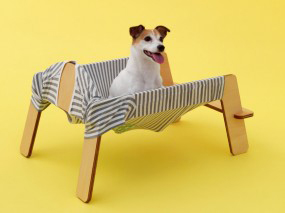Ognuno di noi sente il bisogno di avere un proprio spazio, una sorta di tana in cui ritirarsi o un luogo nel quale mettere le proprie cose. Si tende sempre più ad ottimizzare gli spazi abitativi e ciò implica una ri-definizione degli ambienti abitativi e della propria privacy.
Questa tendenza ha contribuito al proliferare di monolocali, di cellule abitative, le dimensioni spaziali con cui ci confrontiamo sempre più nei contesti urbani del presente e del futuro. Ma per immaginare il futuro è indispensabile fare un salto in dietro nel passato. Il concetto di spazio abitativo nasce nel Medioevo assieme a quello del mobile. Nel Medioevo i mobili erano strumenti del vivere. Erano ambiti dove raccogliere le cose da portare con sè negli svariati spostamenti. Col tempo è prevalsa la stanzialità e ci siamo notevolmente discostati da questa visione funzionale del mobile, facendolo diventare complemento d’arredo. E così è prevalsa la cura dell’aspetto estetico del mobile a volte anche a scapito della sua funzionalità. Ma da un pò di tempo sembra che le tendenze stiano nuovamente cambiando e il mobile sta diventando sempre più multi-funzionale.
Ci sono delle dimensioni del vivere, come quella dello studio, del gioco, del lavoro, che richiedono un coinvolgimento emotivo o una concentrazione dell’individuo. Parliamo di dimensioni che per quanto vengano svolte in ambiti condivisi sono intimamente legate alla privacy individuale. La privacy è intimità, è famigliarità, è uno spazio per sè stessi, in cui sentirsi a proprio agio, protetti. Ma nelle nuove concezioni abitative, la progettazione degli spazi è sempre più aperta. E’ così che quando non si può intervenire direttamente su di un piano architettonico si procede su quello d’arredo, e il mobile diventa uno spazio nello spazio. Ma che cosa contribuisce a definire il concetto di spazio in ambito abitativo? Certamente le pareti, ma non solo. L’abitare è delimitato anche da ciò che ci collega con l’esterno, dalle finestre, dalle porte, dagli elementi di luce e d’ombra. E il mobile, in quanto spazio funzionale, non può non riproporne le caratteristiche.
Quale sarà quindi la tendenza del futuro? La ricerca di spazi sempre più ottimali sia da un punto di vista dimensionale che emozionale, ma anche e soprattutto funzionali. Con tutta probabilità questa tendenza ci porterà a realizzare dimensioni abitative tagliate su misura, esattamente come per un abito.
UK
Everybody needs to have his/her own space, a sort of den in which to retreat, a space where putting personal things. The trend of optimizing the dimensions of living spaces is increasing and this implies a redesign of the areas of privacy. The sharing-flats are the living spaces of the present and the future. But before going further into the future, let’s jump back into the past. The concept of living spaces was conceived in the Middle Ages, following the one of furniture. In the Middle Ages furnishings were essential tools of living. They were structures planned for storing personal things, to bring with during the frequent movings. Over the years the functional aspect of furnishing has undergone the aesthetics requirements. And so their apparence has taken advantage of functionality. But the design trends are changing again and furniture is now re-adapting to the multi-functionality tasks.
There are dimensions of life, such as the one of study, playing, working, that involve us emotionally and require our concentration. These are activities that, althought carried out in a sharing dimension are still intimately related to individuality and privacy. The concept of privacy implies the one of intimacy, which means to have a space for yourself, in which to feel confortable. But in the new housing design the concept of space is notably changed. It is so that when you cannot intervene directly on an architectural plan, you intervine on furnishings, and so furniture becomes a space into the space. But what helps defining the concept of space in the domestic environment? Of course the walls, but not only. The living space is also defined by what connects us with the outside: the windows, the doors, all those elements of light and shadow. And the furniture as a living space, cannot but show those features of the living dimension.
But what will the future trends look like? The continuous research for the most optimal dimension, both from a dimensional and emotional point of view, but also from a functional one, in all likelihood, this trend will lead to tailored made housing dimensions, just as it is with a dress.


